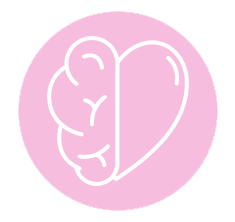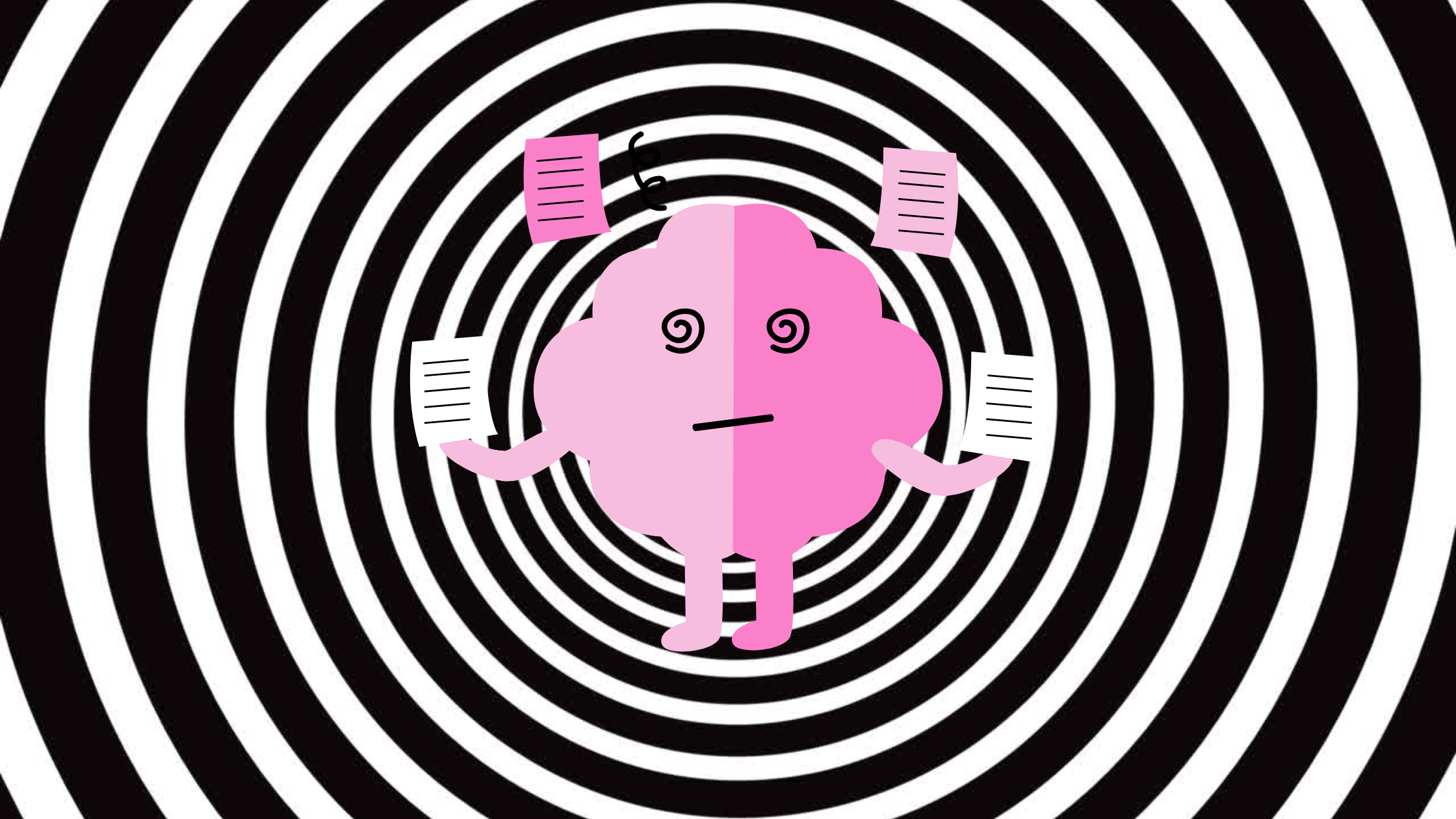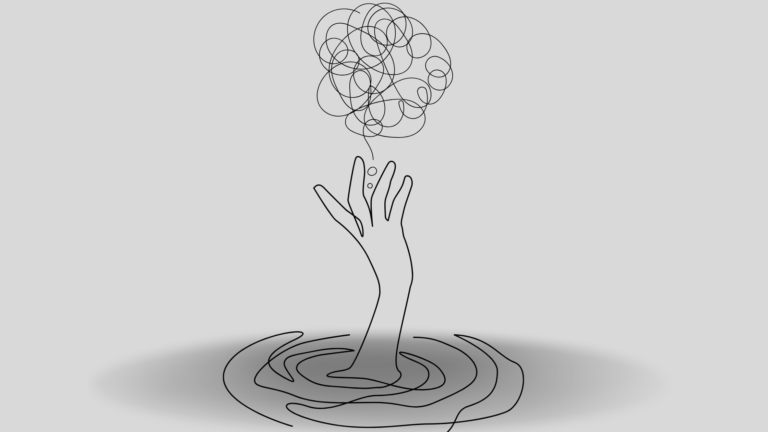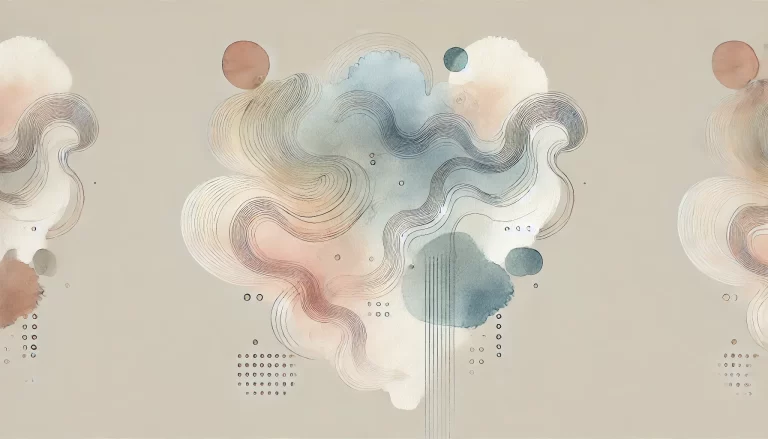Doomscrolling can reinforce negative thoughts and a negative mindset, something that can greatly impact your mental health. – Cleveland Clinic
Every Sunday, like clockwork, my phone sends me the dreaded screen time report. And every Sunday, I stare at the numbers in disbelief. “Five hours a day? That can’t be right. I have a life. I do things.” But do I? Because if my phone says I spent nearly a full workday scrolling through the abyss of social media, then what exactly have I been doing with my existence?
Welcome to the joyless black hole known as doomscrolling– where your thumb keeps scrolling, your anxiety keeps rising, and your sleep schedule keeps suffering.
Doomscrolling has become second nature to many of us. It’s the 21st-century version of staring into the void, except the void stares back with breaking news, Twitter arguments, and Reels that somehow know too much about your childhood trauma.
But why do we do it? And more importantly, how do we stop?
What Even Is Doomscrolling?
Doomscrolling is the habit of endlessly consuming negative news, often on social media or news apps, despite knowing it’s making you feel worse.
It’s like a catching a whiff of something disturbingly potent. You know it’s bad, but instead of walking away, you lean in, sniff again, and then invite everyone around you to confirm just how terrible it is. Before you know it, you’re all inhaling misery like a pack of overly curious sniffer dogs, suffocating in the very thing you should have ignored.
The term gained traction around 2020 when we were all practically glued to our screens, refreshing endlessly for the latest on the pandemic, political chaos, or whatever fresh disaster had decided to trend that day. But even outside of global crises, doomscrolling has cemented itself as a daily ritual for many of us.
Why Are We Addicted to the Scroll? Blame Your Brain!
The answer lies in our brain chemistry. It’s not just a lack of willpower, it’s your brain working exactly as it was designed to because your brain loves information, especially when it thinks that information is critical to your survival.
Back in the day, this instinct kept us alive. For instance, knowing which berries were poisonous or where predators lurked was the difference between life and death. Fast forward to today, and that same wiring has us refreshing news feeds, scanning for threats we can’t outrun, and obsessing over crises we have no control over.
And let’s be real, sometimes scrolling isn’t even about the news. Scrolling is like a coping mechanism.
Uncomfortable social situation? Your phone becomes a shield.
Awkward silence? Time to ‘urgently’ reply to a text that doesn’t exist.
Someone makes eye contact? Oh wow, would you look at that, suddenly I must scroll through my 2017 photos like I’m on a top-secret mission.
It’s the modern-day ‘I’m busy, don’t talk to me’ sign, except, it’s socially acceptable.
The Science of The Scroll: Why We Can’t Look Away
Social media and news feeds are designed to be sticky, meaning they keep us engaged by constantly offering new, unpredictable content. Every scroll is like a scratch card- you don’t know if you’ll uncover a funny meme, a juicy headline, or something totally useless, but the suspense keeps you going.
And that’s where the dopamine trap comes in.
The Dopamine Trap:
Dopamine- the brain’s reward chemical. It fuels behaviours that feel good temporarily, whether it’s gambling, binge-watching, or, you guessed it, doomscrolling. Every new post, headline, or update delivers a quick dopamine hit, trapping us in a cycle of “just one more” until suddenly, an hour (or three) has disappeared.
The Negativity Bias:
Bad news sticks. Our brains are wired to pay more attention to negative information because evolutionarily speaking, that’s what kept us safe. It’s why we rubberneck at car crashes. We can’t look away from danger. Except now, it’s an endless scroll of worst-case scenarios, and we’re trapped in the front row with no intermission.
The Illusion of Control:
We doomscroll because we think staying informed gives us power over the chaos.
News Flash! It doesn’t.
But our brains don’t get the memo. We convince ourselves that if we read one more article, refresh one more time, or check one more source, maybe we’ll finally make sense of the mess.
We tell ourselves that knowing every detail will prepare us, that awareness equals action. But in reality, we’re just passively absorbing negativity, tricking ourselves into thinking we’re doing something useful.
(And if part of your doomscrolling is secretly fueled by needing to stay ultra in control 24/7, maybe check out my blog on hyper-independence too. Just saying. :))
Doomscrolling Toll on Mental Health
Scrolling might offer temporary relief, but it comes at a cost. Here’s how it messes with you:
- Increased Anxiety & Stress: Constant exposure to distressing news keeps your nervous system in fight-or-flight mode, making relaxation feel impossible.
- Shortened Attention Span: Do you feel like you can’t focus on anything longer than a 15 second video? Doomscrolling trains your brain to crave constant, bite-sized updates, making deep focus harder.
- Sleep Disruptions: Reading upsetting news before bed? That’s a one-way ticket to a restless night.
- Learned Helplessness: A nonstop flood of bad news can make the world feel hopeless- like nothing we do makes a difference. It’s not exactly the best mindset.
The Social Side Effects
We’re constantly bombarded with bad news, perfectly curated lives, and opinions we never asked for. It’s a lot for one brain to handle. And that overload doesn’t just stay inside our heads, it spills out into how we connect with the people around us.
Conversations interrupted by constant screen-checking are all too common. Have you ever been in a conversation where someone just can’t put their phone down? Annoying, right?
Should you continue? Pause? Pretend you didn’t notice?
That tiny moment speaks volumes. When screens take priority, real-life connections suffer.
How to Stop Doomscrolling Without Going Full Digital Detox
Relax, I’m not saying you need to delete all your social media and disappear into the wilderness. Although, let’s be honest, the thought has crossed most of our minds. But quitting the internet isn’t exactly realistic. Instead, here’s a few tips on how you can regain control:
- Set Boundaries: Use screen time limits or grayscale mode to make scrolling less appealing. (Yes, your phone actually has these features. No, they’re not just for other people.)
- Curate Your Feed: Follow accounts that add value whether it’s educational, inspiring, or just really good dog videos.
- Social Accountability: Call out your friends (nicely) if they’re glued to their screens. And, more importantly, let them call you out too.
- Digital Detox Moments: Try phone-free dinners, walks, or even just a “no scrolling in bed” rule. Your brain will thank you.
The Bottom Line
Doomscrolling, like everything in life, comes with the good and the bad. It connects us, entertains us, and sometimes even helps us cope. But if your screen time report keeps making you question your life choices, then maybe it’s time for a change.
While we can’t control what’s happening in the world, we CAN control how much we let it consume us. The world will keep spinning whether we check the news 50 times a day or just once. And unless we’re journalists or policymakers, most of the information we obsess over won’t change our daily lives.
So the next time you catch yourself trapped in an endless scroll, ask yourself: “Is this actually helping me? Or am I just looking for control in a place where it doesn’t exist?”
Yes, you can still scroll a little but don’t forget to look up every once in a while. Some of life’s best moments happen off the screen.
(But, you know, finish reading this first. Then log off.)








One Comment